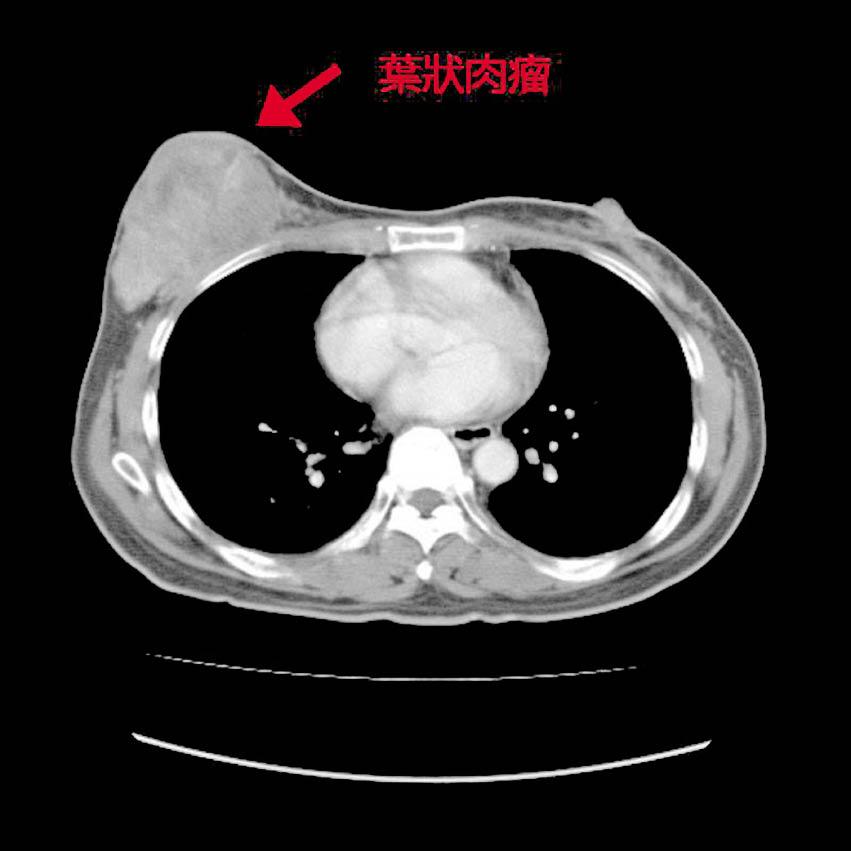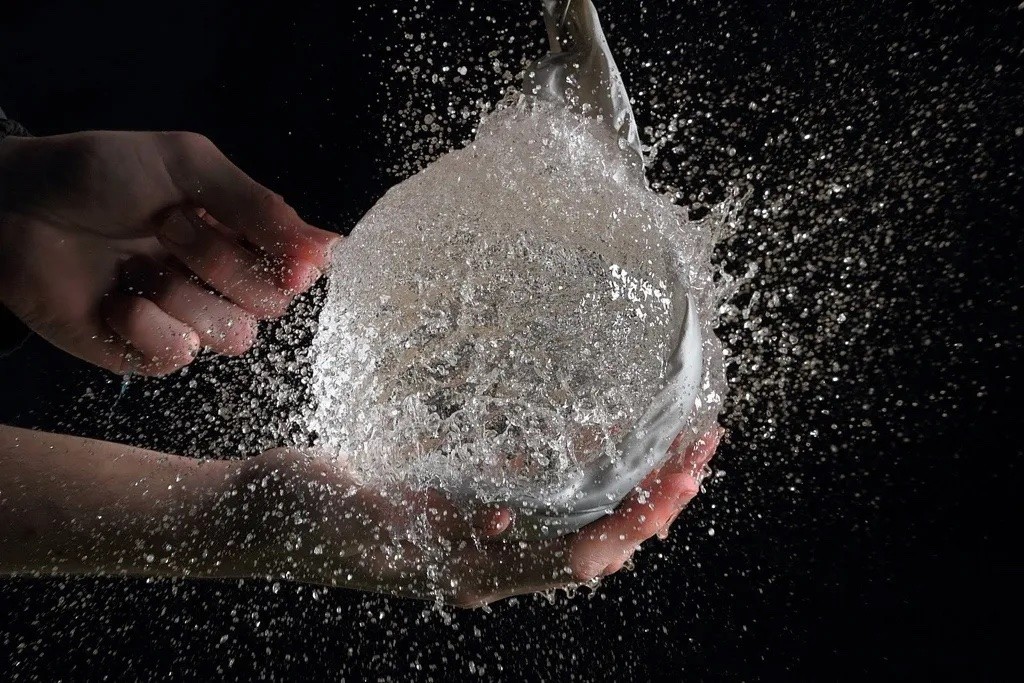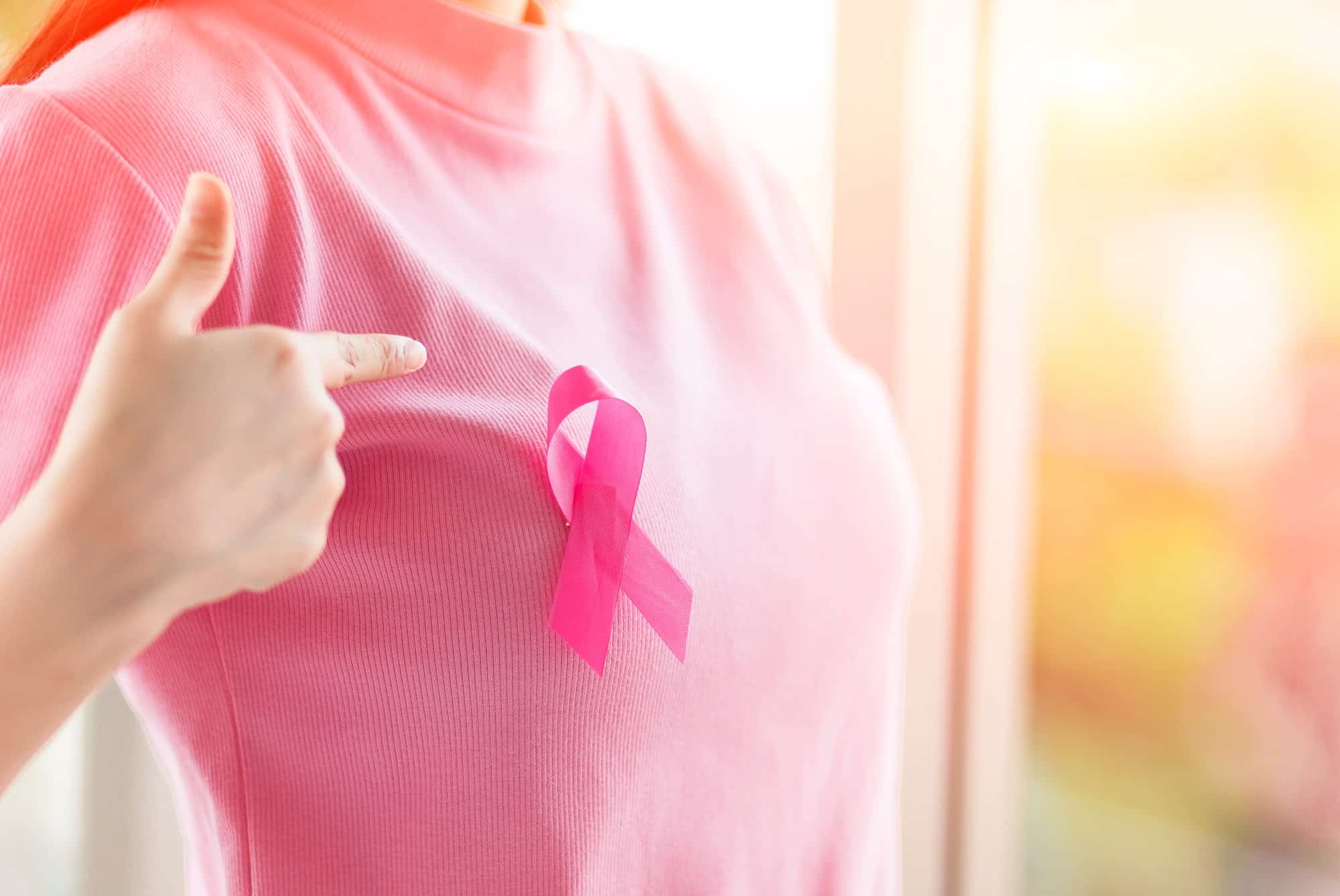Malignant vs Benign Breast Tumours: Your Guide to Identifying 4 Benign Tumours


Breast tumours refer to abnormal lumps grown in breast tissues, which can be either malignant or benign. Benign tumours usually do not cause significant harm to the body, but malignant tumours, i.e., the well-known breast cancer, pose a serious threat to human health. Therefore, early detection and treatment of breast tumours are crucial in protecting women's health. This blog will introduce 4 common types of benign breast tumours to help you better understand and identify them.

Fibrocystic changes
Fibrocystic changes are a common breast condition where patients often feel irregular lumps in their breasts upon palpation. The borders of these lumps are not clear, and they are often accompanied by periodic pain and swelling. This disease is caused by the growth and shrinkage of breast tissues in response to the stimulation of hormones during the menstrual cycle, resulting in changes in fibrosis and cysts. This condition is more common in women aged 30-50 and usually stops after menopause.
Fibrocystic changes are a type of benign breast condition characterized by the accumulation of fluid in the milk ducts. Generally speaking, fibrocystic changes have a small chance of worsening. However, if you spot any new changes in your breasts, you should seek timely medical attention for diagnosis and prompt treatment.
Fibroadenoma
A fibroadenoma is a benign breast tumour commonly characterised by cell proliferation in the milk ducts. This type of tumour usually does not cause any pain and may feel firm, smooth, and rubbery to the touch. A fibroadenoma is typically round like a pea or sometimes flat like a coin. It can be moved freely within breast tissues when touched.
Although fibroadenomas are usually benign, they can sometimes develop into malignant breast tumours. Therefore, women experiencing these symptoms are usually recommended to undergo further examination such as ultrasound or mammography to determine if further treatment is necessary.
Phyllodes tumour
A phyllodes tumour is a relatively rare breast tumour characterised by the proliferation of connective tissue of the breast and is named for its leaf-like growth pattern. These tumours usually have a harder touch, and smooth edges but an uneven surface.
Although phyllodes tumours are benign and typically do not require treatment, they can grow rapidly and become quite large within a few weeks, and may even develop into malignant breast tumours. Therefore, women experiencing these symptoms are also recommended to receive ultrasound or mammography examinations to determine if further treatment is needed.
Breast cysts
A breast cyst is a benign, fluid-filled sac in the breast. It is relatively common and is usually caused by blockage or damage to the milk ducts. They are typically soft like a grape or a water balloon and do not cause any symptoms, so they often do not require treatment. However, if the breast cyst enlarges or causes discomfort, the doctor may recommend fine-needle aspiration or surgical treatment.
How can I prevent breast tumours?
The development of breast tumours is related to many factors, including age, genetics, lifestyle and more. Here are some health tips that help reduce the risk of developing breast tumours.
Build a healthy lifestyle: Getting enough sleep, eating a healthy diet and exercising moderately can help lower the chances of developing breast tumours.
Avoid long-term hormone therapy: Receiving prolonged hormone therapy can increase the chance of developing breast tumours. Women should avoid receiving this therapy for a long time.
Pay attention to mental health: Mood swings and stress can harm breast health. Therefore, it is important to stay optimistic to help prevent breast tumours.
Test your breasts regularly: Self-exams are an easy and crucial way to protect breast health. Women should perform a breast self-exam once a month and receive breast check-ups and ultrasound examinations regularly as well.
We hope that this blog helps all ladies realise the importance of paying attention to breast health in their daily lives and understand the difference between benign and malignant tumours. Although benign breast tumours usually do not pose a threat to physical health, if you experience symptoms such as pain or an enlarged lump with abnormal texture, it is best to see a doctor for further examination as soon as possible.
Related Brands


